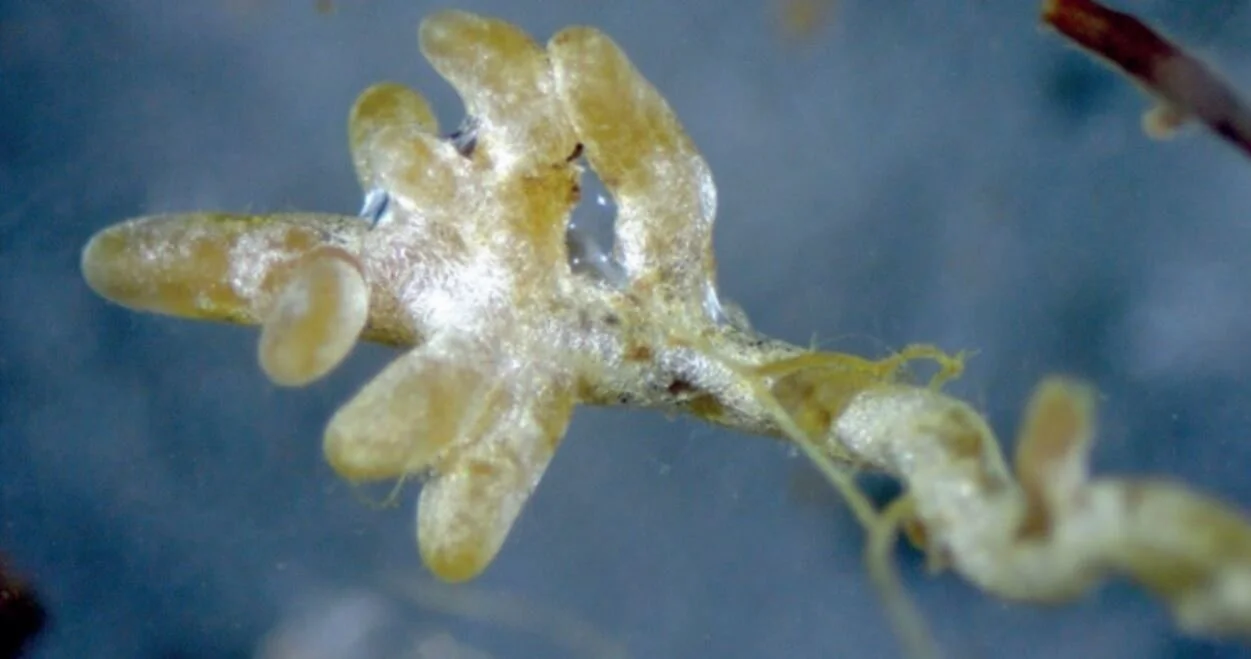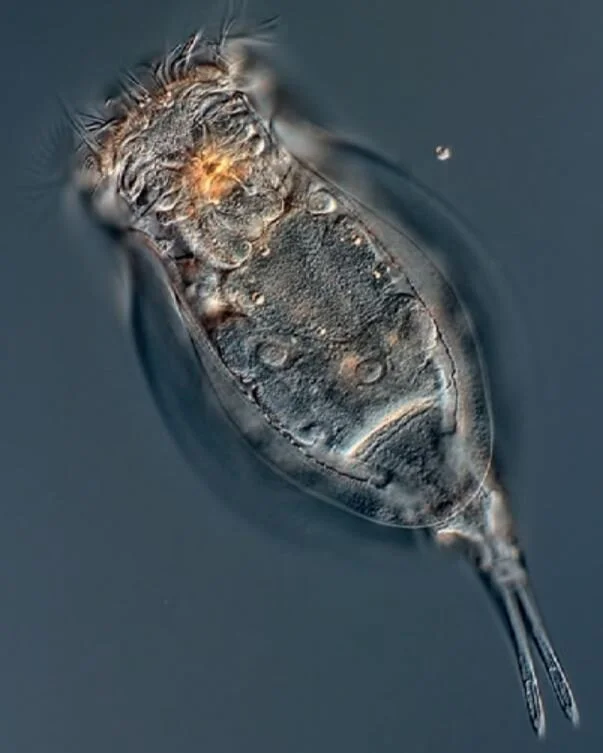
Bacteria
Delgado-Baquerizo et al. 2018, A global atlas of the dominant bacteria found in the soil. Science 239:320-325
Bahram et al. 2018, Structure and function of the global topsoil microbiome. Nature 560:233–237
Cano‐Díaz et al. 2020, Contrasting environmental preferences of photosynthetic and non-photosynthetic soil cyanobacteria across the globe. Global Ecology and Biogeography 29:2025-2038
Luan et al. 2020, Organism body size structures the soil microbial and nematode community assembly at a continental and global scale. Nature Communications 11:6406
Guerra et al. 2021, Global projections of the soil microbiome in the Anthropocene. Global Ecology and Biogeography 00:1-13

Algae
Jassey et al. 2022. Contributions of soil algae to the global carbon cycle. New Phyotologist

Plants
Iversen et al. 2017. A global Fine-Root Ecology Database to address below-ground challenges in plant ecology. New Phytologist 215(1): 15-26
Ma et al. 2021. The global distribution and environmental drivers of aboveground versus belowground plant biomass. Nature Ecology & Evolution

Fungi
Tedersoo et al. 2014, Global diversity and geography of soil fungi. Science 346: 1256688
Bahram et al. 2018, Structure and function of the global topsoil microbiome. Nature 560:233–237
Egidi et al. 2019, A few Ascomycota taxa dominate soil fungal communities worldwide. Nature Communications 10: 2369
Větrovský et al. 2020, GlobalFungi: A global database of fungal occurrences from high-throughput-sequencing metabarcoding studies. Nature Scientific Data 7: 228
Luan et al. 2020, Organism body size structures the soil microbial and nematode community assembly at a continental and global scale. Nature Communications 11:6406
Vasar et al. 2022, Global taxonomic and phylogenetic assembly of AM fungi. Mycorrhiza
Mikryukov et al. 2023, Connecting the multiple dimensions of global soil fungal diversity. Science Advances 9:48
Hyde et al. 2023, Global consortium for the classification of fungi and fungus-like taxa. Mycosphere 14:1

Mycorrhizae
Davison et al. 2015, Global assessment of arbuscular mycorrhizal fungus diversity reveals very low endemism. Science 349:970-973
Soudzilovskaia et al. 2015, Global patterns of plant root colonization intensity by mycorrhizal fungi explained by climate and soil chemistry. Global Ecology and Biogeography 24: 371-382

Protists
Singer et al. 2019. Dispersal limitations and historical factors determine the biogeography of specialized terrestrial protists. Molecular Ecology 28: 3089-3100
Luan et al. 2020, Organism body size structures the soil microbial and nematode community assembly at a continental and global scale. Nature Communications 11:6406

Rotifers
Bastida et al. 2019, Climatic vulnerabilities and ecological preferences of soil invertebrates across biomes. Molecular Ecology 29: 752-761

Nematodes
Van den Hoogen et al. 2019, Soil nematode abundance and functional group composition at a global scale. Nature 572:194-198
Bastida et al. 2019, Climatic vulnerabilities and ecological preferences of soil invertebrates across biomes. Molecular Ecology 29: 752-761
Luan et al. 2020, Organism body size structures the soil microbial and nematode community assembly at a continental and global scale. Nature Communications 11:6406

Earthworms
Briones and Schmidt. 2017, Conventional tillage decreases the abundance and biomass of earthworms and alters their community structure in a global meta-analysis. Global Change Biology 23:4396-4419
Phillips et al. 2019, Global distribution of earthworm diversity. Science 366:480-485
Demetrio et al. 2021, A “dirty” footprint: Macroinvertebrate diversity in Amazonian Antrhopic soils. Global Change Biology 27:4575-4591

Isopods
Sfenthourakis and Hornung 2018, Isopod distribution and climate change. ZooKeys 801:25-61

Insects
Buczkowski and Bertelsmeier 2016, Invasive termites in a changing climate: A global perspective. Ecology and Evolution 7: 974-985
Gibb et al. 2017, A global database of ant species abundances. Ecology 98:883-884
Bertelsmeier et al. 2017, Recent human history governs global ant invasion dynamics. Nature Ecology and Evolution 1: 0184
van Klink et al. 2021, InsectChange: a global database of temporal changes in insect and arachnid assemblages. Ecology 102: e03354

Arachnids
Bastida et al. 2019, Climatic vulnerabilities and ecological preferences of soil invertebrates across biomes. Molecular Ecology 29: 752-761

Soil Community
Fierer et al 2009, Global patterns in belowground communities. Ecology Letters 12: 1238-1249
Crowther et al 2019, The global soil community and its influence on biogeochemistry. Science 365: 772
Cameron et al 2019, Global mismatches in aboveground and belowground biodiversity. Conservation Biology 33: 1187-1192
Johnston and Sibly 2020, Multiple environmental controls explain global patterns in soil animal communities. Oecologia 192: 1047-1056
Luan et al. 2020, Organism body size structures the soil microbial and nematode community assembly at a continental and global scale. Nature Communications 11:6406
Lavelle et al. 2022, Soil macroinvertebrate communities: A world-wide assessment. Global Ecology and Biogeography 00:1-16
Anthony et al. 2023, Enumerating soil biodiversity. PNAS 120 (33) e2304663120













